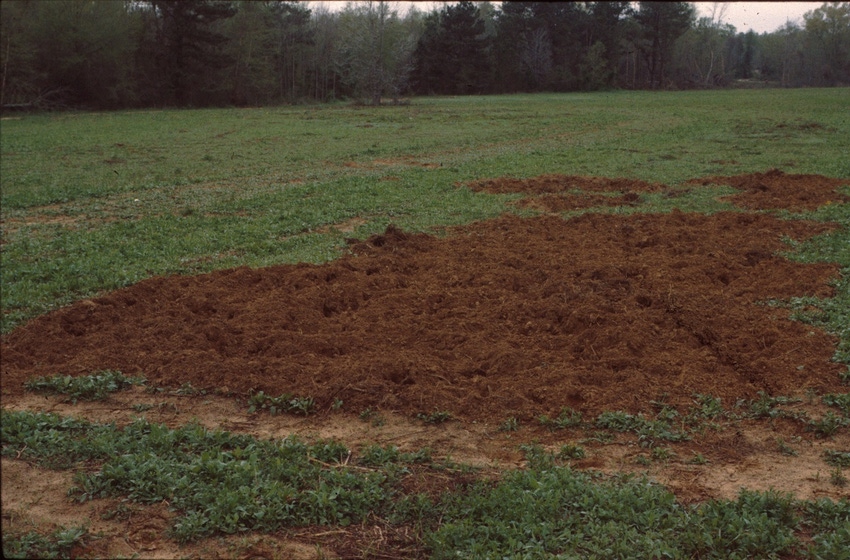April 18, 2016

Wild pigs continue to plague farmers and ranchers across much of Texas.
They are a year-round nuisance to producers, said Dr. Billy Higginbotham, Texas A&M AgriLife Extension Service wildlife specialist in Overton, but farrowing, the birth of new litters of pigs, typically peaks in the spring.
Higginbotham said farmers and ranchers in 253 of 254 Texas counties face a constant battle to prevent or reduce damages by wild pigs. The statewide population estimate is around 2.6 million wild pigs, and limited ways of controlling their numbers means they are here to stay, he said.
For the latest on southwest agriculture, please check out Southwest Farm Press Daily and receive the latest news right to your inbox.
“Given the population numbers, there’s no way to eradicate them, but you can reduce exposure to damage by managing their numbers,” Higginbotham said.
It costs producers time and money to repair damages and deal with the wild pig population, he said. Higginbotham said 71 percent of landowners with pastureland who responded to an AgriLife Extension survey reported damages by wild pigs.
A conservative estimate of statewide damages based on a decade-old study puts the annual cost to farmers and ranchers at $52 million. Producers spent an additional $7 million each year to repair damages and deal with wild pig populations, according to the same estimate.
Wild pigs are omnivores and will seek any food source for calories, Higginbotham said. They cause much of the damages to crops when they dig, or root, for food sources, such as grub worms, planted seed and plant roots.
Higginbotham said the wild pigs are especially damaging to hay pastures in East Texas. Pastures are rooted up and must be smoothed by farmers to allow hay equipment to access the land. Disturbed soil also creates weed control problems, he said.
MONITOR PIG ACTIVITY
Landowners should monitor for signs of wild pig activity, such as tracks, rubs against fence posts and trees, well-used trails and hair stuck on barbed-wire fences where they cross, he said.
“If you see the signs of hogs it’s best to take a proactive approach and try to reduce their numbers,” he said. “They may just be moving through your land but eventually they will cause problems. The more you reduce their numbers the more you reduce the damage they cause.”
Higginbotham said four legal ways are available to address wild hogs in Texas – trapping, snaring, shooting and catch dogs.
Hiring professional shooters to reduce wild pig numbers from helicopters represents a cost-effective way for farmers and ranchers in parts of the state with less tree canopy, but in East Texas trapping is advised, Higginbotham said. Corral-type traps work best, especially when a landowner can catch an entire family or sounder of pigs, he said.
But Higginbotham said it takes a process to trap effectively. Pigs must be “hooked” on the bait before placement of the trap, he said. The trap should then be baited to allow the pigs to get comfortable.
“It could take a week, it could take several weeks, depending on how much trapping pressure they’ve experienced,” he said.
Higginbotham suggested landowners speak to their local AgriLife Extension agents for tips on what works best in their area to trap wild pigs.
You May Also Like




